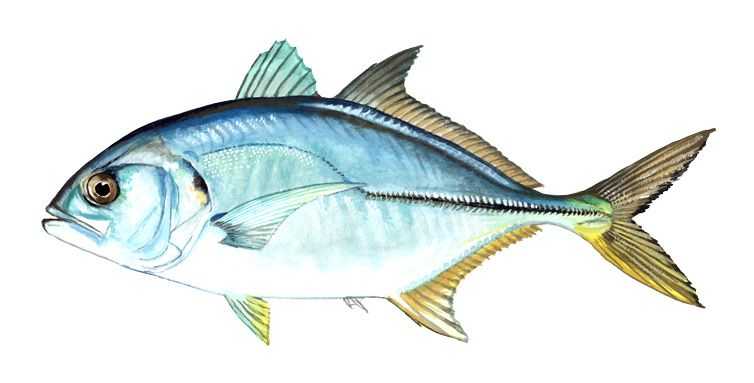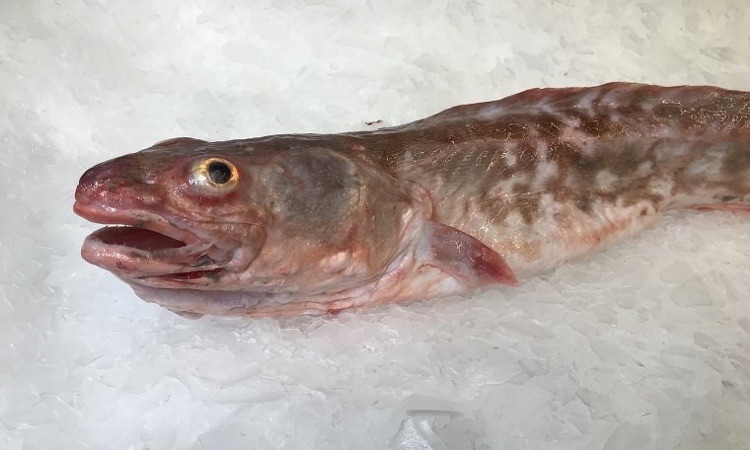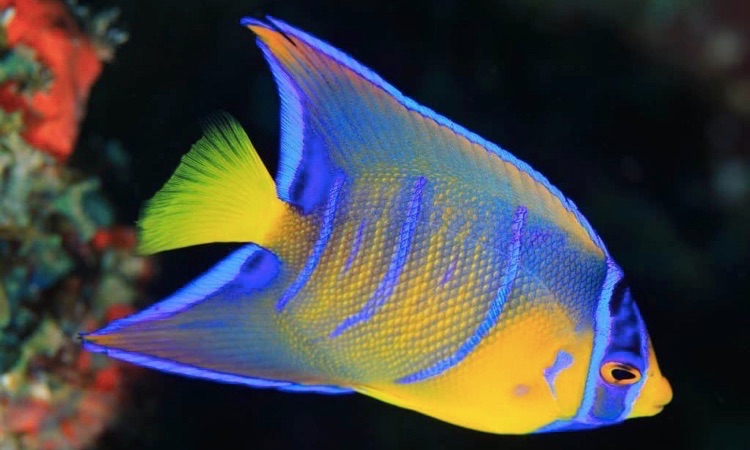The clownfish (Amphiprioninae) is one of the most beloved aquarium species on the planet, and it continues to be a top pick for aquarists everywhere.
If you’re considering adding a few of these colorful fish to your tank, you might also want to know how long they can live in captivity. How long do clownfish live?
Let’s explore how long clownfish live and what we can do to guarantee they have a healthy, extended life.
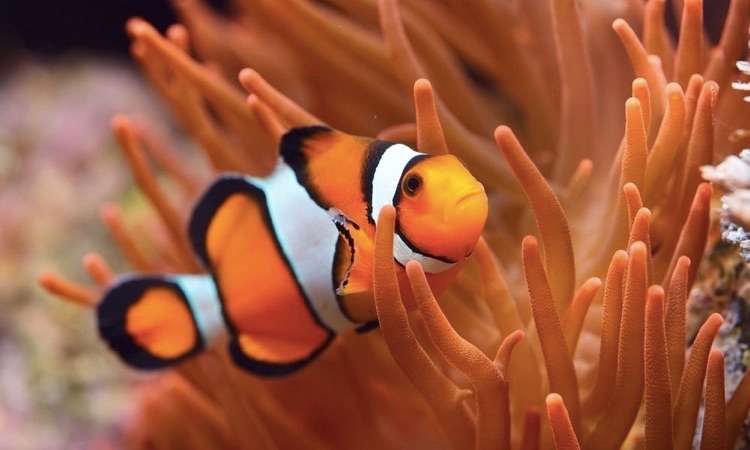
How Long do Clown Fish Live?
One might assume that predicting the lifespan of a fish is straightforward; however, calculating the life expectancy of clownfish tends to be more complex.
Although the average lifespan of a clownfish in an aquarium is often shorter than that of its wild counterpart, this difference isn’t always indicative of the fish’s potential longevity. In fact, lucky clownfish in the wild have been known to live for up to 6 to 10 years.
Without proper care, aquarium fish have an extremely short life span. To ensure your fish remain healthy and live longer, it is important to understand how to properly take care of them.
While clownfish lifespan is generally accepted to be between 3-10 years, that isn’t necessarily the case! With appropriate care and attention, some species of these fish can survive a remarkable 20-30 years. Countless aquarium forums are filled with tales from aquarists who have cared for their beloved clowns during this time span or longer.
Not only can clownfish that are bred in captivity potentially live longer due to the lack of stressors associated with capture and transport, but through careful selection breeding, a variety of “designer” clownfish have begun popping up on the market – boasting unique colorations and markings.
Unfortunately, these clowns are generally bred solely for their looks and not necessarily genetic health, meaning they may not live as long as wild-types.
How To Extend the Lifespan of a Clown Fish
Numerous elements can influence the longevity of your clown fish, such as genetics and habitat. However, often it’s due to environmental stress or illness that diminishes their lives.
Therefore, you must vigilantly regulate these factors to maximize its chance for a long life. Here are several strategies to reduce any dangers.
Get a Decent Sized Tank
Clownfish generally reach lengths of 3-4 inches but suffer from ammonia poisoning and stress in tanks that are too small. These cramped spaces also limit their natural movement patterns, causing them needless anxiety.
While there is some speculation on the web about 8-10 gallon tanks being suitable for clownfish, this size tank does not provide enough room to ensure a healthy environment and happy fish!
When it comes to creating a home for your fish, you should strongly consider investing in at least a 20 or 30-gallon tank. It may appear bigger than necessary but trust me – this size is the best option for mature fish and will eliminate any worries of having to upgrade later on. Plus, cleaning duties won’t be nearly as frequent!
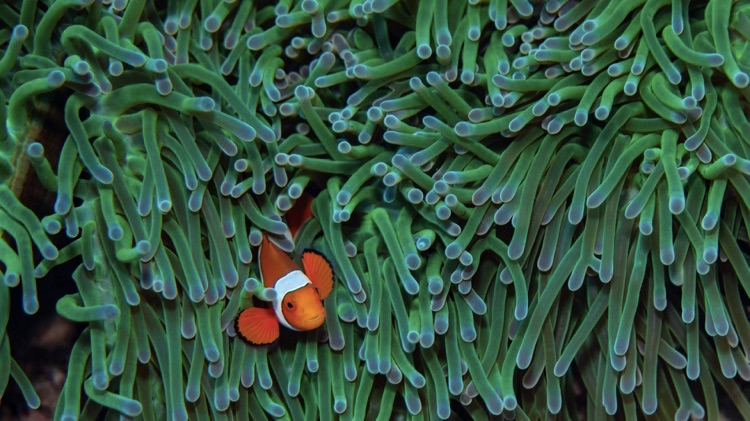
Maintain Optimal Water Conditions for Your Fish
Clown fish are tropical fish that come from the Indo-Pacific to the Oceania region. This means they’re used to warm water and need a tank temperature of 75-85 degrees Fahrenheit. To maintain this temperature, you’ll need a submersible heater.
Further, the chemical makeup of water must be taken into consideration. Clown fish, like most creatures in their species, cannot abide heavy metals and chlorine levels that surpass a certain threshold. To ensure your clown fish thrive at its optimal level for health and wellness, the pH should stay between 8-8.4 while nitrites should remain below 0.2 ppm .
To ensure your tank remains healthy, it is important to first test the water daily before beginning. Subsequently, only a weekly check-in should suffice once the environment has been established. Remember that clown fish require saltwater and thus must have additives added in order to sustain them.
Enhance the quality of your tank’s water by using conditioners, salts, and other similar products to keep it balanced. In addition to this, keeping scavengers like snails or crabs in the tank is beneficial as they help break down waste that has built up over time.
Avoid Keeping Unsuitable Tank Mates at All Costs
If you only plan to keep a Clown fish, then that’s terrific. But, if you want to add other breeds or even more than one clown fish to the tank, you’ll need to do some research first. You have to consider the compatibility of the fish in terms of their water condition requirements, temperature tolerance, and food habits.
Clown fish are not the quickest swimmers and don’t like to start fights, so it’s best not to keep them with larger carnivorous fish or other aggressive breeds. The list below contains compatible fish that would make the best tank companions for clown fish.
- Damselfish
- Tangs
- Dart Fishes
- Wrasses
- Angelfish
- Marine Invertebrates
Considering adding anemones and corals to your aquarium? To ensure that the fish remain happy, watch out for any signs of stress due to their presence. If you notice any discomfort, immediately remove them from the tank.
If you want to have more than one clown fish, introduce them all at the same time. Clown fish do not like other members of their species and will become aggressive if they are in the same environment.
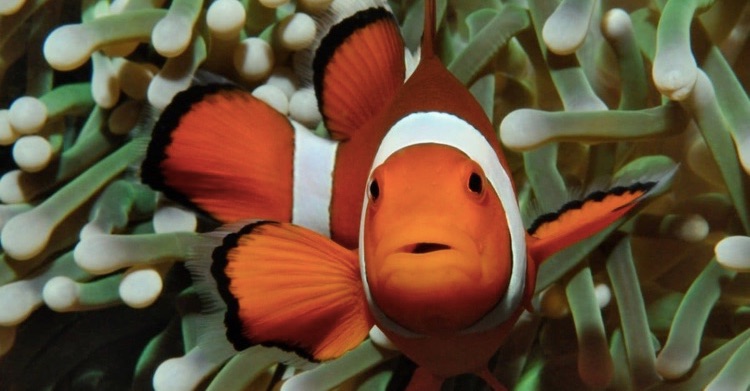
How to Keep Clown Fish in a Tank?
When it comes to setting up the perfect clownfish tank, there is no definitive way that works best. As long as you keep the water temperature and parameters optimal for them, they’ll have a comfortable environment.
If however, you’re looking to spruce things up with decorations, consider going for a rock and reef set-up! It’s sure to make your little friends feel right at home.
Begin by incorporating some rocks, plants, and hiding places to the tank. Securely attach coral reefs and if possible include anemones too. Then top off the tank setup with a light source for your fish. However, be careful not to overcrowd your tank with Dojo Loach Fish, as clownfish need ample room!
Common Diseases in Clownfish
Despite careful upkeep and attention to hygiene, fish illnesses are still a common reality. Fish can become infected from other aquatic animals in the tank, live food sources, or even bacteria present in the water itself.
If your fish engage in a tussle with their aquarium companions, the probability of them becoming afflicted increases significantly. Therefore, it is always prudent to be knowledgeable about common diseases and how to recognize their symptoms as well as take action for treatment.
Fin Rot
If your aquatic friends are feeling overly stressed or being picked on by another fish, they may become susceptible to fin rot.
This infection manifests in the form of reddening and fraying around their fins, culminating with totally destroyed fins if left untreated for too long. The fish may begin exhibiting signs of isolation, a decreased appetite, and inactivity.
If you notice any of the listed symptoms, immediately isolate the affected fish to a quarantine tank. To avoid further spread of this illness, add antibacterial medication and change out some water regularly. Additionally, salt baths are beneficial for combating the sickness.
White Spots
Clownfish living in saltwater environments are also susceptible to developing fungal infections. The most prevalent type of infection is caused by the Cryptocaryon Irritans parasite and is commonly referred to as marine ich or marine white spots.
The disease usually begins with white spots on the gills, fins, or body of the fish. Other symptoms include increased mucus production, pale gills, cloudy eyes, and ragged fins.
If you have seen freshwater ich before, then you will recognize the look of this parasite. But its treatment is different. To eliminate it from your tank, raise the temperature of your tank’s water.
If all else fails, raising the salinity can be effective. If that doesn’t work, then introducing a copper treatment of 0.15 to 0.24 mg/liters should do the trick!
It’s essential to remember that marine ich is highly contagious, so make sure you treat the entire tank.
Hole-In-The-Head Disease
Though fairly rare, hole-in-the-head or lateral line erosion can affect both freshwater and saltwater fish. This disease targets the lateral line of the fish, which is responsible for their sense of vibration. Symptoms are usually identified by a depressed affected area in colors such as black, white, or brown.
In its initial stages, you will only observe pinhole-sized spots. However, as the condition progresses, erosions on your skin’s surface will start to appear.
Hexamitid parasites are the primary source of this illness, but inadequate water quality, dietary habits and environmental conditions can also be contributing factors.
As it is not easy to pinpoint the cause with certainty, you should see a professional veterinarian for proper treatment rather than trying any unverified home remedies.
Swim Bladder Disorder
Are you worried that your fish may be struggling to maintain its equilibrium and is wobbling front and back? This could indicate a bladder disorder, though it’s uncommon in clownfish.
If left untreated, the condition can cause stress or even infections. Fortunately however, it has an easy solution! With prompt medical attention for your pet fish, this issue should soon become little more than a distant memory.
To care for your clownfish, you must raise the tank’s temperature, clean its water, and if there is bloating in the belly area of your fish, cease feeding it. An additional way to provide relief to them is by bathing them in a salt bath with high concentrations of salt.
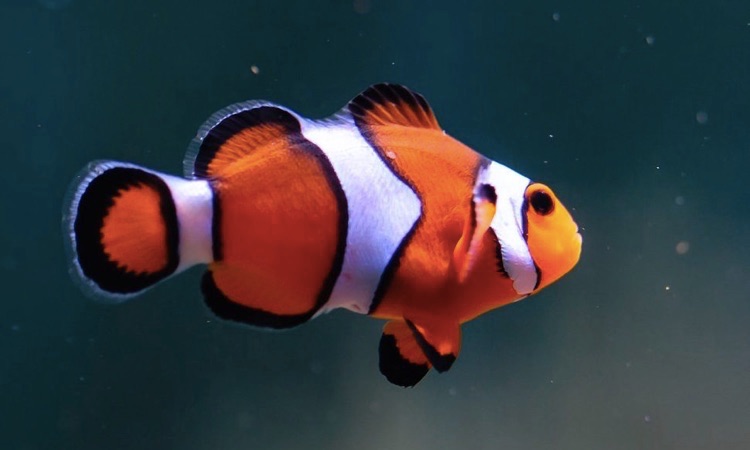
Balanced Diet Is Essential For Clown Fish
It is essential to monitor the food intake of clown fish carefully in order to ensure their overall health and prevent issues such as starvation or overeating. Maintaining a nutritional balance is also vital to ensuring that your fish’s immune system stays active and their color does not dull.
When it comes to feeding your clownfish, two critical factors must be considered – the type and quality of their food.
Clown fish are incredibly versatile in terms of their diets and will eat whatever you give them. As a result, it is simple to craft a well-balanced menu for your clownfish by combining various food types.
If your fish are small, feeding them once every day should suffice. Larger or juvenile fish require 2-3 meals a day. Feed for 1-3 minutes (depending on size) and then remove any leftover food. It’s important to note that these aquatic creatures can survive up to seven days without eating. This means you don’t have to worry about starvation!
In Summary
Distinguished by their striking looks, clownfish are tough little swimmers who can easily overcome minor difficulties.
Nonetheless, they remain vulnerable and require attentive care for a long-lasting life. If you give them the love and attention that they deserve, your clownfish will stay with you for an extended period of time!
One final thought to keep in mind, it’s far better to purchase a clownfish from an aquarium than trying to capture one.
Those acquired directly out of the ocean have difficulty adjusting and more often than not succumb tragically in captivity. Now that you understand all there is about this type of tank setup, just take your time deciding which fish will brighten up your life at home!

